Aparecido Nilceu Marana
Spatiotemporal CNNs for Pornography Detection in Videos
Oct 24, 2018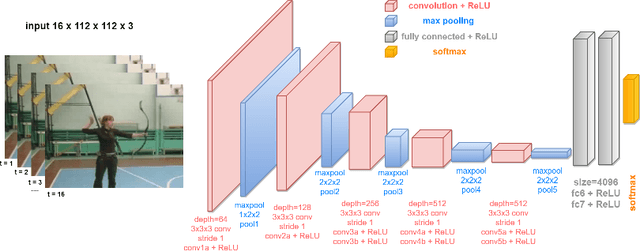
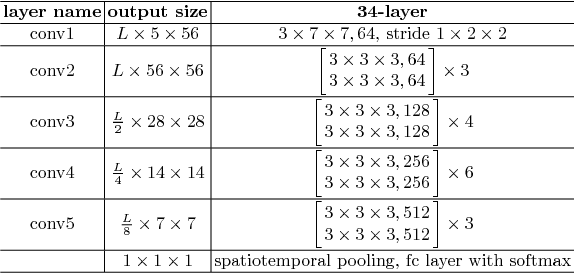
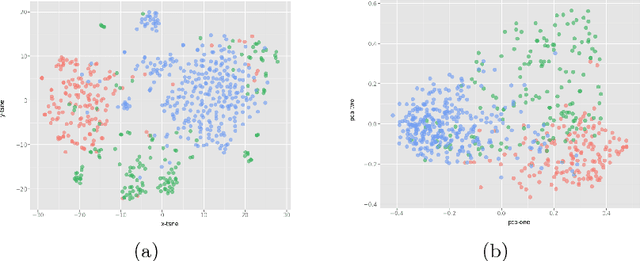

Abstract:With the increasing use of social networks and mobile devices, the number of videos posted on the Internet is growing exponentially. Among the inappropriate contents published on the Internet, pornography is one of the most worrying as it can be accessed by teens and children. Two spatiotemporal CNNs, VGG-C3D CNN and ResNet R(2+1)D CNN, were assessed for pornography detection in videos in the present study. Experimental results using the Pornography-800 dataset showed that these spatiotemporal CNNs performed better than some state-of-the-art methods based on bag of visual words and are competitive with other CNN-based approaches, reaching accuracy of 95.1%.
On the Learning of Deep Local Features for Robust Face Spoofing Detection
Oct 11, 2018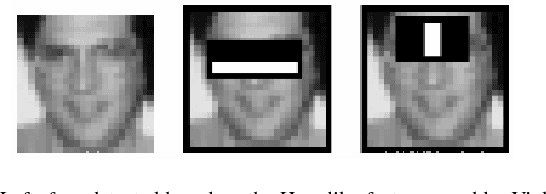
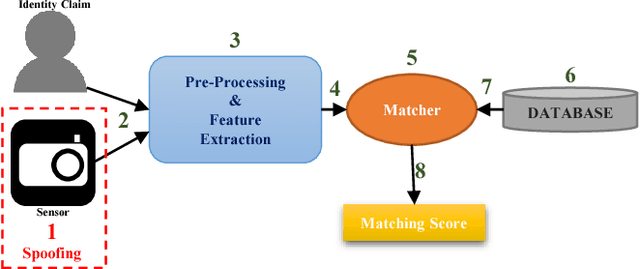
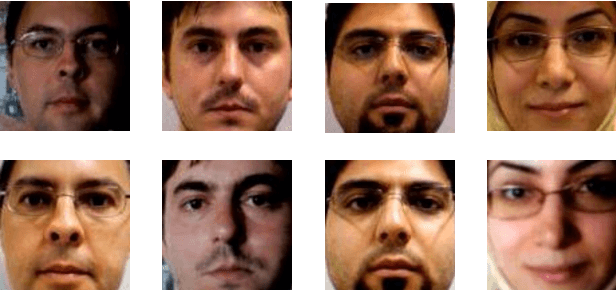
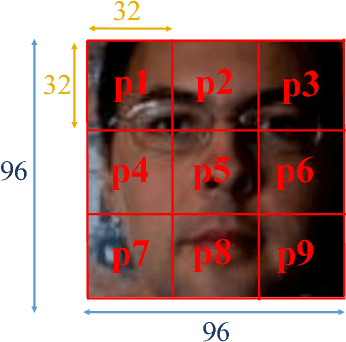
Abstract:Biometrics emerged as a robust solution for security systems. However, given the dissemination of biometric applications, criminals are developing techniques to circumvent them by simulating physical or behavioral traits of legal users (spoofing attacks). Despite face being a promising characteristic due to its universality, acceptability and presence of cameras almost everywhere, face recognition systems are extremely vulnerable to such frauds since they can be easily fooled with common printed facial photographs. State-of-the-art approaches, based on Convolutional Neural Networks (CNNs), present good results in face spoofing detection. However, these methods do not consider the importance of learning deep local features from each facial region, even though it is known from face recognition that each facial region presents different visual aspects, which can also be exploited for face spoofing detection. In this work we propose a novel CNN architecture trained in two steps for such task. Initially, each part of the neural network learns features from a given facial region. Afterwards, the whole model is fine-tuned on the whole facial images. Results show that such pre-training step allows the CNN to learn different local spoofing cues, improving the performance and the convergence speed of the final model, outperforming the state-of-the-art approaches.
Fusion of Methods Based on Minutiae, Ridges and Pores for Robust Fingerprint Recognition
May 28, 2018



Abstract:The use of physical and behavioral characteristics for human identification is known as biometrics. Among the many biometrics traits available, the fingerprint is the most widely used. The fingerprint identification is based on the impression patterns, as the pattern of ridges and minutiae, characteristics of first and second levels respectively. The current identification systems use these two levels of fingerprint features due to the low cost of the sensors. However, due the recent advances in sensor technology, it is possible to use third level features present within the ridges, such as the perspiration pores. Recent studies have shown that the use of third-level features can increase security and fraud protection in biometric systems, since they are difficult to reproduce. In addition, recent researches have also focused on multibiometrics recognition due to its many advantages. The goal of this work was to apply fusion techniques for fingerprint recognition in order to combine minutiae, ridges and pore-based methods and, thus, provide more robust biometrics recognition systems. We evaluated isotropic-based and adaptive-based automatic pore extraction methods and the fusion of pore-based method with the identification methods based on minutiae and ridges. The experiments were performed on the public database PolyU HRF and showed a reduction of approximately 16% in the Equal Error Rate compared to the best results obtained by the methods individually.
 Add to Chrome
Add to Chrome Add to Firefox
Add to Firefox Add to Edge
Add to Edge